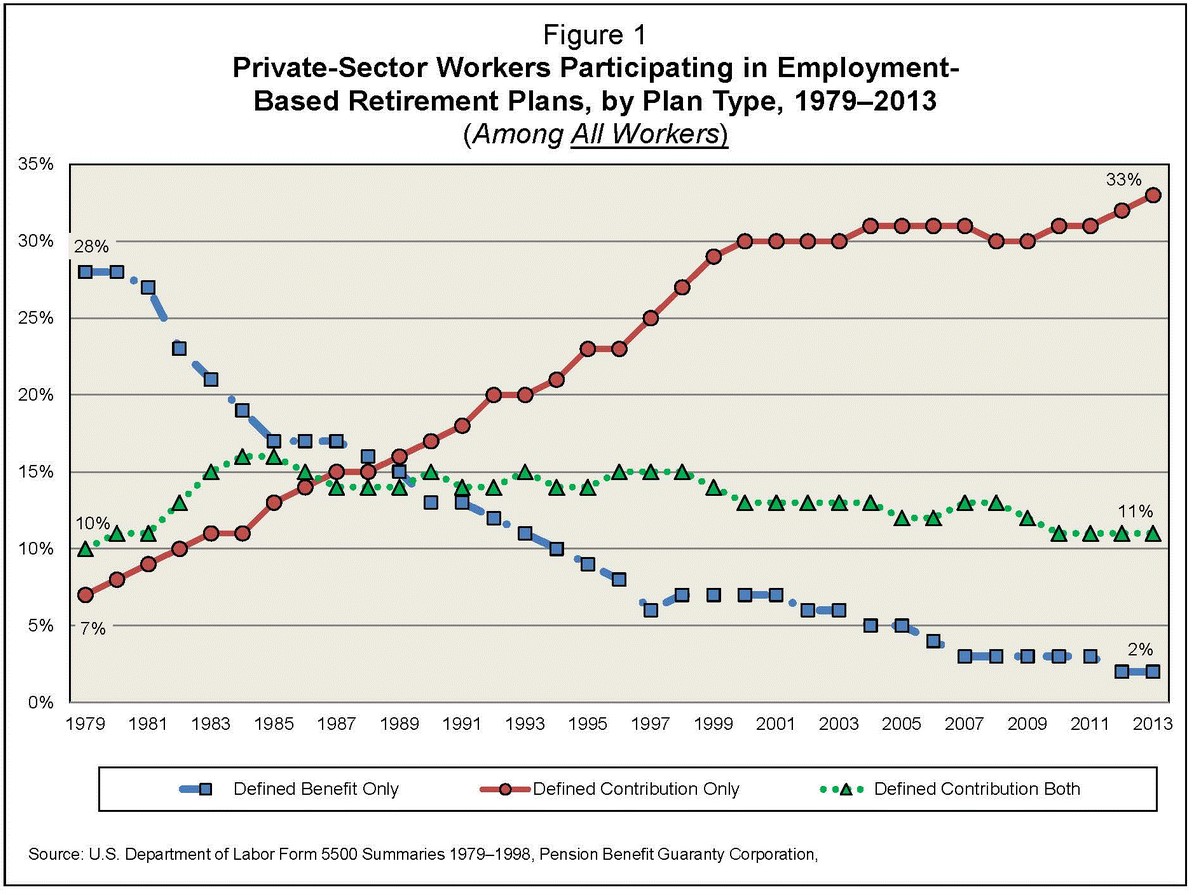Baby boomers will never forget Neil Armstrong’s famous quote in1969, after becoming the first human being to set foot on themoon:
|“That’s one small step for (a) man, one giant leap formankind.”
|Today, America faces a different, more down-to-earthchallenge: delivering our citizens a comfortable and timelyretirement.
|And similar to the moon landing – a ‘small step’ in the rightdirection can have a huge impact on the course of our lives.
|A focus on 401(k) plan deficiencies
At no time has our retirement challenge been more evident thanduring the first few weeks of 2017, with multiple articles pointingout deficiencies of 401(k) plans as the primary vehicle forretirement savings.
|Much of the focus for improving the 401(k) system has been onincreasing participation, and statistics indicate that this concernis well-founded.
|Unfortunately, scant attention has been paid to pluggingretirement plan leakage, particularly cash outleakage – a problem that drains o ur retirement system of billions of dollarsannually.
ur retirement system of billions of dollarsannually.
There is one solution – auto portability – thathas the potential to plug cash out leakage and increase 401(k) planparticipation.
|If fully implemented, auto-portability could drive significantimprovements in our nation’s retirement readiness.
|And unlike a manned mission to the moon, auto-portability can bedelivered by the private sector, at no cost to the Americantaxpayer.
||The retirement plan participation issue
The ultimate goal of having every working American saving forretirement is generally a function of two challenges: 1) givingemployees access to a retirement plan in the workplace and 2)having employees participate in that plan.
|The Bureau of Labor Statistics (BLS) tracks theserates on an annual basis. In 2016, 66% percent of private industryworkers had access to a retirement plan, and of those who did haveaccess, 71% participated. Together, these statistics reflecta significant coverage gap.
|The EmployeeBenefit Research Institute (EBRI) combines these statisticsinto one participation metric, and provides historical trendingdata by tracking private-sector worker participation onannual basis, reflected in the following graph:
||The EBRI participation data yields some interestingobservations:
Total plan participation increased from 45% in 1979 to 46% in2013. Thus, the 401(k) era has had little impact on overallparticipation in retirement plans, due the disappearance of thetraditional defined benefit plan from corporate America’s menu ofbenefits.
After plateauing from 2005 - 2007, defined contribution planparticipation has trended up since the Pension Protection Act (PPA)was passed in 2006.
Not coincidentally, PPA provided safe harbor protections forplans offering auto-enrollment, removing a barrier to a planfeature that has unquestionably driven increased retirement planparticipation.
||The small account barrier to auto-enrollment
According to the Plan Sponsor Council of America’s 59th Annual Survey of Annual ProfitSharing and 401(k) Plans, about 58% of all plans have nowadopted an auto-enrollment feature. Unfortunately, not allindustries have enthusiastically embraced auto-enrollment. An analysis of IRS Form 5500 data shows certainindustries lagging in auto-enrollment adoption.
|For example, in the Food & Beverage industry:
In 2013, there were 109 plans in the Food & Beverageindustry, with almost 1.2 million participants.
Of those 109 plans, only 26 (24%) had an automatic enrollmentfeature, whereas 83 (76%) did not.
Average balances were 10.2% lower in the automatic enrollmentgroup, compared to the group without an automatic enrollmentfeature.
Almost 27% of the automatic enrollment group’s participants wereseparated, vs. 14% in the non-automatic enrollment group.
Thus, when compared to the overall market, it’s easy to concludethat high-turnover industries (ex - Food & Beverage, Retail,etc.) are reluctant to adopt auto-enrollment, due to the highpercentage of costly small accounts left behind when participantsseparate.
|By removing frictions and solving the smallaccount problem, we can overcome another important barrier to autoenrollment and drive increased 401(k) participation.
||Auto-portability – moving retirement forward
Auto-portability is the routine, standardized and automatedmovement of an inactive participant’s retirement account from aformer employer’s retirement plan to their active account in a newemployer’s plan.
|In 2016, Retirement Clearinghouse announced the development ofan Auto Portability Simulation (APS) todemonstrate the impact of auto-portability over a generation ofretirement savers.
|The results focused exclusively on the reduction of cash outleakage, and were compelling:
The key scenario -- in which auto-portability is widely adoptedover a 10-year period and remains in force for a generation --showed that small account cash-outs could be reduced by two-thirdsfrom the current annual rate of $7 billion to less than $2.5billion per year.
The APS also demonstrated that auto-portability could generatemore than $115 billion in new employer-plan savings for the currentand next generation of retirement plan participants.
Finally, the number of participants annually rolling theirsub-$5,000 accounts into their new-employer plans increased from anestimated 200,000 today to more than 3 million per year --affecting nearly 76 million participants over the simulation'stimeframe.
Not included in the APS was the potential impact on retirementplan participation. A 2014 Aon Hewitt Universe Benchmarks reportindicated that plans with auto-enrollment had an 85% participationrate on average, compared with 62% for plans without autoenrollment.
|Applying the Aon Hewitt figures to the Food & Beverageindustry, adoption of auto-enrollment at industry averages couldconservatively add 151,000 additional participants, a 13% increasein participation!
|Small improvements to the 401(k) plan system that removefrictions and encourage proper behavior can yield big results. Imagine the impact on total retirement plan participation ifthere were a mandate for auto-enrollment, auto-portability and anincrease to $15,000 in the account balance eligible for mandatorydistributions (almost 50% of all accounts). America wouldtake a giant leap towards solving our retirement crisis.
Complete your profile to continue reading and get FREE access to BenefitsPRO, part of your ALM digital membership.
Your access to unlimited BenefitsPRO content isn’t changing.
Once you are an ALM digital member, you’ll receive:
- Critical BenefitsPRO information including cutting edge post-reform success strategies, access to educational webcasts and videos, resources from industry leaders, and informative Newsletters.
- Exclusive discounts on ALM, BenefitsPRO magazine and BenefitsPRO.com events
- Access to other award-winning ALM websites including ThinkAdvisor.com and Law.com
Already have an account? Sign In
© 2024 ALM Global, LLC, All Rights Reserved. Request academic re-use from www.copyright.com. All other uses, submit a request to [email protected]. For more information visit Asset & Logo Licensing.









